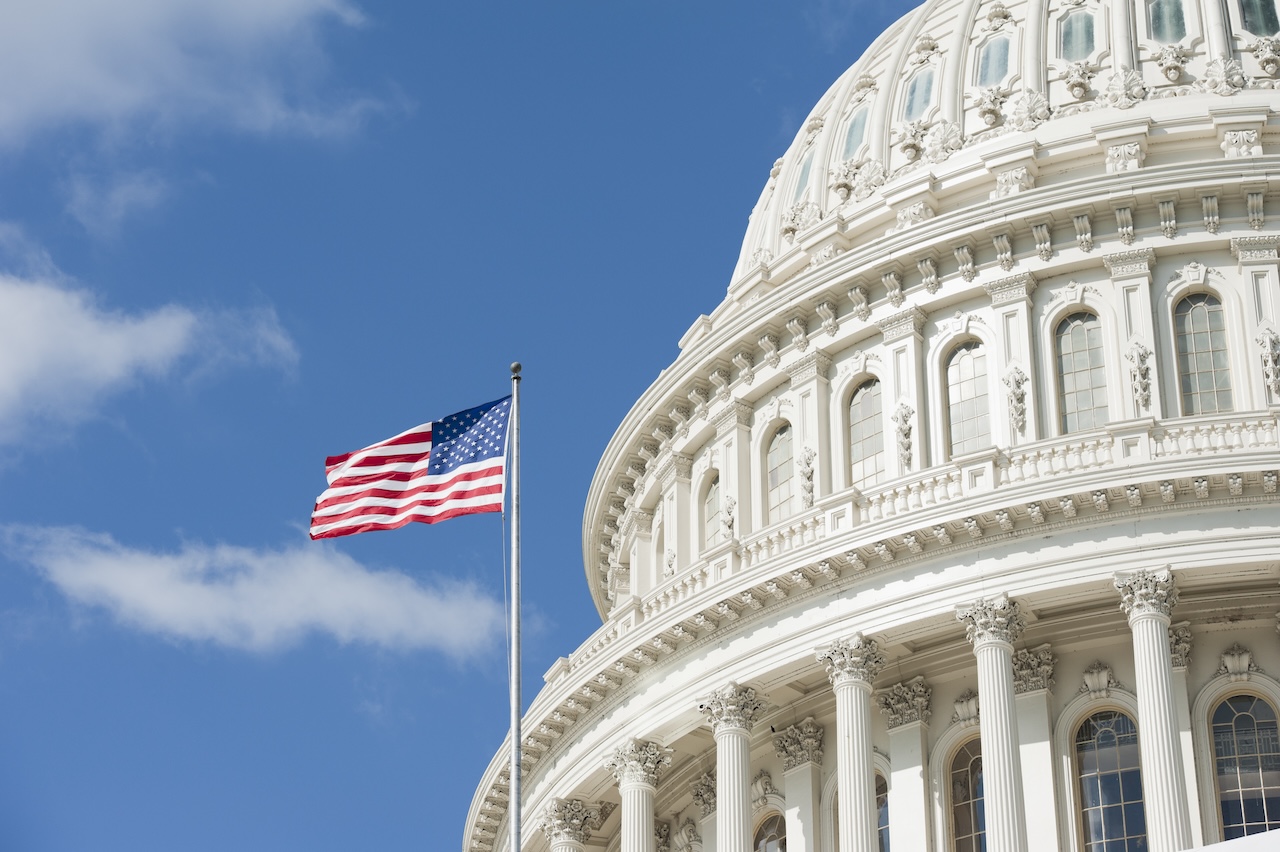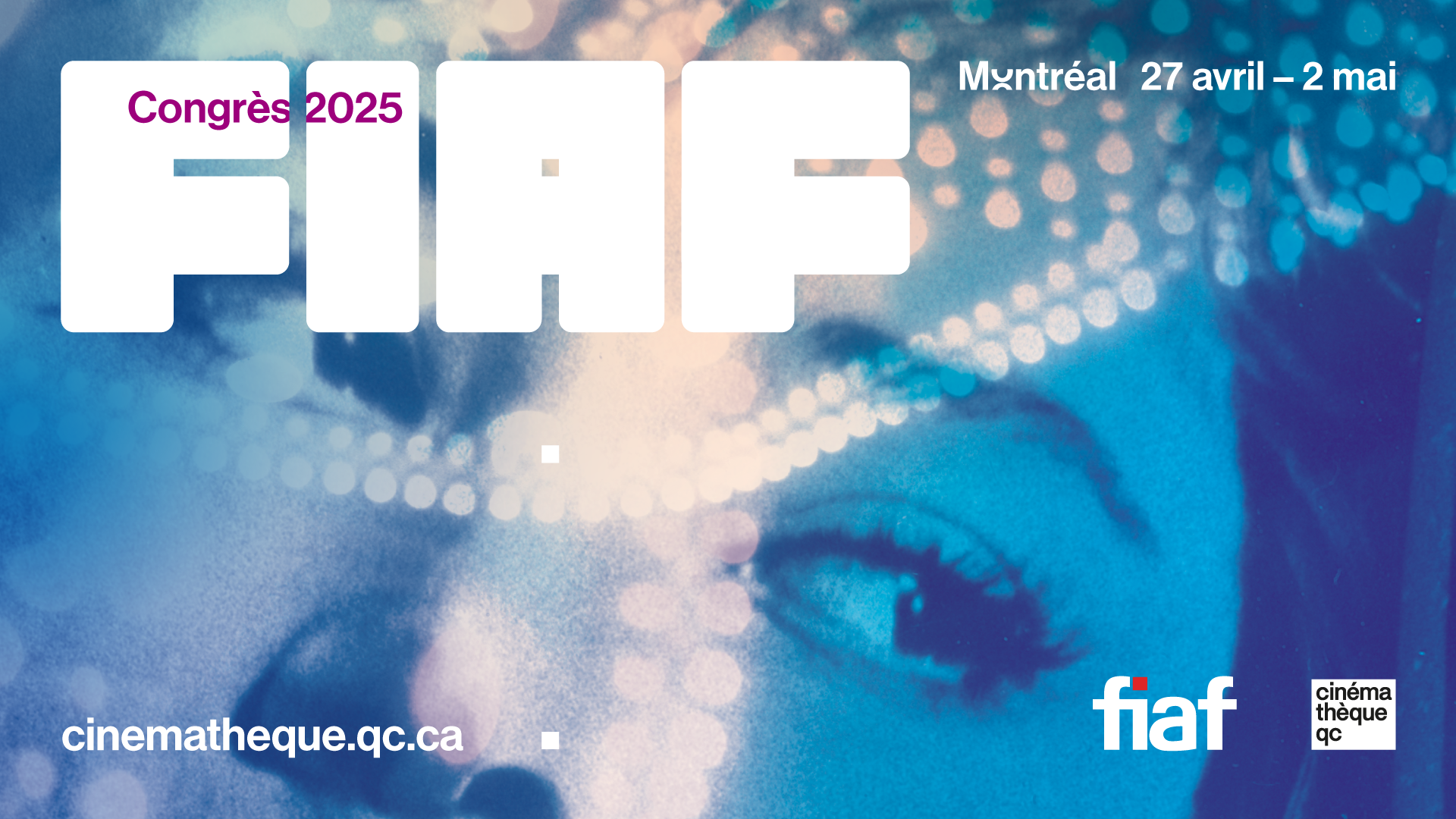Samantha Diamond, CultureConnect’s CEO, sat down with Stasha Boyd, Co-founder and Creative Director of Q Media Productions to learn the secret sauce for producing award-winning audio productions. With over 15 years and 75 tours under their belts, Stasha and her team are experts in producing mobile guide media for museums, galleries, visitor centers and national parks from the Mount Rushmore Memorial to the Kennedy Space Center Visitor Complex to the Kenai (Alaska) National Wildlife Refuge.
Stasha gave us the skinny on Q Media and their experience producing language translations and serving accessible audiences, two crucial specialities for museums seeking to more fully serve their public audiences.
I must confess, I love an origin story – what inspired you to start Q Media?
In 2001, shortly after 9-11, my husband Mike Lutz [Q Media’s Co-founder and Technical Director] and I were visiting an airplane museum in Florida. It didn’t have an audio tour and only basic gallery-card information. Mike (an informal student of aviation, particularly World War II aircraft) told me the stories of the planes, pilots, and battles. He shared the effects of these “artifacts” on real people and real events. In the hours we spent in the museum, we soon found ourselves saying, “This place needs one of those audio tours” followed quickly by “Who does that?” Less than a year later, Q Media was launched. A few years later, we created one of the most adventurous and innovative tours we’d produced to date for that same museum, Fantasy of Flight in Polk City, Florida, still one our all time favorites.
We have always been “museum people” and from the time we met in 1995, visiting museums was one of our favorite things to do. We began our careers in arts and entertainment — I acted, wrote and directed and Mike was a musician and audio engineer– which has served us well in our work. I homed in on the effectiveness of the writing and storytelling; Mike focused on the production values and technical expertise.
A big part of your practice is language translation…
Yes! From Spanish to Lakota (and many, many languages in between). We work with professional translators and native speaking voice talent but our key differentiator is that we include native-speaking directors as well. People who also have a deep understanding of the culture being translated into, rather than just translated from.
Translations are not so simple (even with Google Translate at our fingertips). What are some of the most important things to know before starting a written or audio translation project?
Here are my top five things to consider:
- Language does not equal culture. For example, the differences in experience and expectations between a visitor from Mexico and a visitor from Argentina are not remotely the same and go far beyond language. The same is true for a native German and a native Austrian. Obviously, professional translators should be aware of this and work accordingly.
- That said, every translation must honor two cultures/languages: “theirs” and “yours.” The culture that you are translating into deserves as much respect as they one being translated from.
- Translation is an art, not a science. Just because something is grammatically correct or technically accurate doesn’t mean that it is delivering the same emotional experience to your visitor.
- Just because someone is a native speaker, it doesn’t mean they are qualified to be a translator OR a reviewer, proofreader, or editor. Select team members not only for knowledge and experience, but also because they understand that excellent results come from expertise AND teamwork.
- Excellent script translation is critical, but so is achieving excellent performances from voice talent and editors. Translation proficiency alone isn’t enough. In the end, a mobile tour is still a production, a collaborative process that requires specialized skills.
In your 15 years producing multi-language tours, what have you seen as the biggest challenges museums face in these projects?
One of the biggest challenges museum’s face is when one person is either appointed (hired translator? native-speaking staff person? volunteer?) or appoints themselves the last word on an entire translation project. No one person can speak definitively for an entire culture. This applies to languages but also disabilities, regions, genders, etc. We bring together our and our client’s team members who understand and appreciate this and then work diligently to find the best solution to any translation questions.
No one person can speak definitively for an entire culture. This applies to languages but also disabilities, regions, genders, etc.
The next largest challenge is failure to distinguish between matters of taste and matters of fact. A “wrong” word or phrase means the original and the translation don’t convey the same effect or intent. Assuming the first draft isn’t rife with grammatical or definition errors, the singular purpose of review and revision is to improve and refine a good translation, not “correct” it. Unfortunately, in some settings it is often a reviewers first instinct to treat a script review as if they are grading an undergraduate mid-term paper.
Sooooo, how do you manage stakeholders into a productive process?
The solution to this particular challenge is leadership on the part of the client, the creative director, and the project manager. It is the role of team leaders to recognize behaviors that diminish effective teamwork and then coach individuals towards what we call “spiraling up,” where every member’s job to support the other to achieve outstanding results. Sometimes, this means being a moderator, getting on the phone (or web meeting) with what we’ve dubbed “dueling experts” to help them sort through differences of a translation you may not understand. Other times, it means being a referee, looking at the suggestions of both sides and determining which one is going to best convey the organization’s overall interpretive mission and goals, again, in a language you may not speak.










